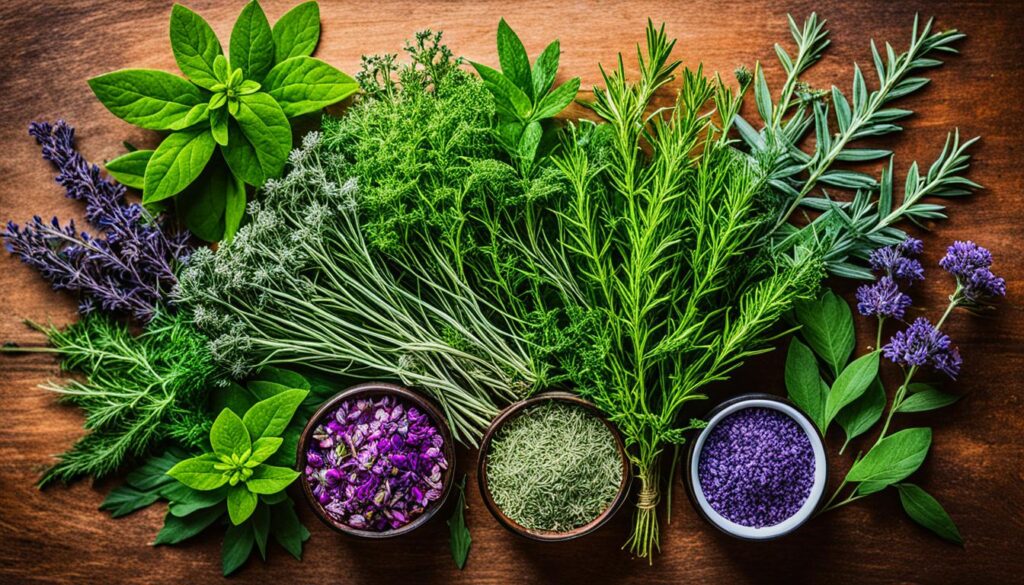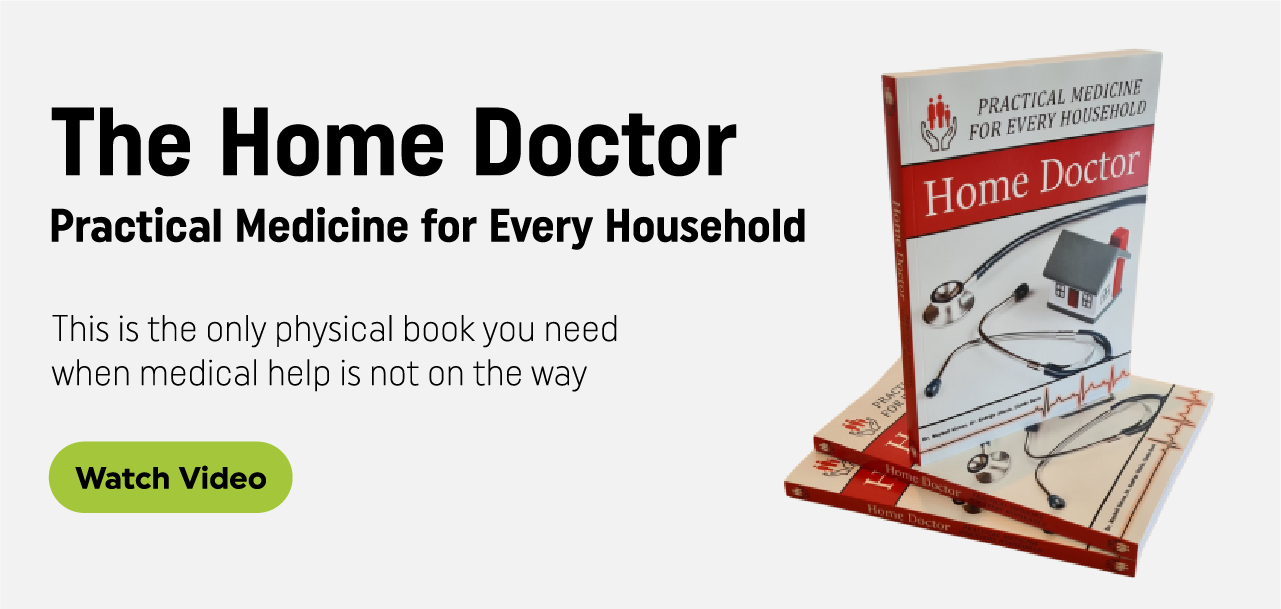Premenstrual dysphoric disorder (PMDD) is a condition that affects many individuals, causing severe physical and mental symptoms before their period. While the causes of PMDD are still debated, it is clear that this condition can significantly impact someone’s quality of life. Unfortunately, many people go undiagnosed for years, and there is a lack of awareness and understanding surrounding PMDD.
In this article, we will delve into one person’s personal journey of how they cured their PMDD naturally. This story offers hope and provides holistic strategies for those seeking relief. We will explore natural remedies, treatment options, self-care strategies, and lifestyle changes that can help manage PMDD symptoms effectively.
Key Takeaways:
- PMDD is a condition characterized by severe physical and mental symptoms before menstruation.
- Many individuals with PMDD are often misdiagnosed, leading to a delay in proper treatment.
- Self-awareness and symptom tracking can help recognize and manage PMDD episodes.
- A holistic approach, including lifestyle changes and natural remedies, can be beneficial in managing PMDD.
- Living well with PMDD is possible with self-care strategies and a personalized management plan.
Understanding PMDD: Symptoms and Misdiagnosis
Premenstrual dysphoric disorder (PMDD) is a condition that affects approximately 5% of menstruating individuals. It is characterized by severe physical and mental symptoms that can greatly impact one’s well-being. Understanding the symptoms of PMDD and avoiding misdiagnosis is crucial for effective management and treatment.
What is PMDD?
PMDD stands for premenstrual dysphoric disorder. It is a more severe form of premenstrual syndrome (PMS) that occurs in the days leading up to menstruation. Unlike PMS, which is relatively common and mild, PMDD symptoms are debilitating and can significantly interfere with daily activities and relationships.
Common Symptoms of PMDD
- Depression
- Anxiety
- Irritability
- Mood swings
- Fatigue
- Difficulty concentrating
- Feeling overwhelmed or out of control
- Physical symptoms like bloating and breast tenderness
“PMDD symptoms are more severe than regular PMS and can have a significant impact on an individual’s quality of life.”
Misdiagnosis of PMDD
One of the challenges with PMDD is that it is often misdiagnosed as severe PMS or even general mental health conditions such as depression or anxiety. This misdiagnosis can lead to delayed treatment and unnecessary suffering.
PMDD symptoms can also be compounded by hormonal changes during perimenopause, the transitional stage leading to menopause. During this time, hormonal fluctuations can exacerbate PMDD symptoms, making it even more crucial to recognize and address the condition properly.
It is important for individuals experiencing severe PMS-like symptoms to advocate for themselves and seek a professional diagnosis to ensure proper treatment and support.
By understanding the symptoms of PMDD and raising awareness about the condition, we can improve the diagnosis and treatment process. In the next section, we will explore one person’s personal journey with PMDD and how they learned to recognize and manage their symptoms effectively.
My Journey with PMDD: Recognizing and Managing Symptoms
As someone who has personally experienced PMDD, I understand the challenges and frustrations that come with this condition. At first, I dismissed my symptoms as normal PMS, not realizing the severity of what I was going through. It wasn’t until I started tracking my symptoms that I began to recognize the patterns and understand the impact PMDD was having on my life.
Tracking my symptoms was a game-changer. It allowed me to anticipate the emotional spirals and physical discomfort that accompanied my PMDD episodes. By keeping a record of my symptoms, I was able to track their intensity, duration, and frequency. This invaluable information not only helped me validate my experiences but also provided vital insights for managing my PMDD more effectively.
Discovering the Impact of Toxic Relationships and Stress
During my journey with PMDD, I realized that toxic relationships and stress played a significant role in exacerbating my symptoms. Toxic relationships, whether with friends, family members, or romantic partners, heightened my emotional distress and intensified my PMDD symptoms. Recognizing and addressing these toxic dynamics became essential for my well-being.
Stress management became a crucial aspect of managing my PMDD. I learned the importance of setting boundaries and prioritizing self-care. Implementing stress reduction techniques such as mindfulness, deep breathing exercises, and engaging in activities I enjoyed helped alleviate my symptoms and restore balance to my life.
“Managing PMDD is a journey of self-discovery and self-care. Recognizing the impact of toxic relationships and actively managing stress are essential steps in finding relief.”
Strategies for Managing PMDD: Self-Care and Yoga
Self-care became a non-negotiable part of my PMDD management plan. Prioritizing my physical and emotional well-being helped me navigate through difficult times with more resilience. Some self-care practices that worked for me included taking regular breaks, practicing relaxation techniques, and engaging in activities that brought me joy and peace.
Among the various self-care practices I explored, yoga emerged as a powerful tool in managing PMDD symptoms. The combination of gentle movements, breathwork, and mindfulness helped me release tension, reduce anxiety, and cultivate a sense of inner calm. Incorporating yoga into my routine during PMDD flare-ups provided a much-needed outlet for emotional release and physical relaxation.

I have found that consistent self-care, coupled with the practice of yoga, has contributed significantly to my overall well-being and allowed me to better navigate the challenges of living with PMDD.
Natural Treatments for PMDD: A Holistic Approach
When it comes to managing PMDD, taking a holistic approach is key. By incorporating natural remedies and making lifestyle changes, you can find relief from the debilitating symptoms of PMDD. This section explores various strategies that can help alleviate PMDD symptoms and promote overall well-being.
Yoga and Meditation for Mind-Body Awareness
One effective way to manage PMDD is through the practice of yoga and meditation. These activities promote mind-body awareness, helping you connect with your emotions and reduce stress. By incorporating gentle yoga poses, deep breathing exercises, and mindfulness meditation into your routine, you can achieve emotional balance and find relief from PMDD symptoms.
Regular Exercise for Hormone Regulation
Engaging in regular exercise is crucial for regulating hormones and reducing PMDD symptoms. Physical activity stimulates the release of endorphins, which are known as “feel-good” hormones. Aim for at least 30 minutes of moderate exercise, such as brisk walking, jogging, or cycling, on most days of the week to experience the benefits.
Aromatherapy for Mood Enhancement
Aromatherapy can be an effective complementary therapy for PMDD. Certain essential oils, like lavender, chamomile, and ylang-ylang, have relaxing and mood-enhancing properties. Use a diffuser or add a few drops of your preferred essential oil to a warm bath to create a soothing environment and promote relaxation during PMDD flare-ups.
Healthy Diet and Nutrition Tips
Your diet plays a crucial role in managing PMDD symptoms. Focus on consuming a balanced diet that includes plenty of fruits, vegetables, whole grains, and lean proteins. Additionally, incorporating foods rich in omega-3 fatty acids, such as salmon, walnuts, and flaxseeds, may help reduce inflammation and alleviate PMDD symptoms.
Supplements and Herbal Remedies
In addition to dietary changes, certain supplements and herbal remedies can provide relief from PMDD symptoms. Consider incorporating magnesium, vitamin B complex, and herbal supplements like agnus castus and red clover isoflavones into your routine. However, it’s essential to consult with a healthcare professional before starting any new supplements to ensure they are safe and appropriate for you.

Conclusion
Living well with PMDD is possible, and there is hope for a brighter future. By embracing a holistic approach to wellness and managing PMDD naturally, individuals can take control of their symptoms and improve their overall quality of life. Self-care plays a vital role in this journey, as prioritizing one’s physical and mental well-being is crucial.
Managing PMDD naturally involves implementing lifestyle changes that promote balance and reduce stress. Engaging in regular exercise, practicing stress management techniques, and prioritizing healthy relationships are essential elements of self-care for PMDD. It is also important to listen to your body and honor its needs, allowing yourself time for relaxation, self-reflection, and rejuvenation.
In addition to self-care, exploring natural remedies can provide relief and support for PMDD symptoms. Holistic options such as herbal remedies, supplements, and aromatherapy can complement lifestyle changes and promote hormone regulation, reducing the severity of symptoms. However, it’s important to consult with a healthcare professional before starting any new treatment.
Remember, managing PMDD naturally is a journey that varies for each individual. What works for one person may not work for another. It may take time and experimentation to find the best combination of strategies that work best for you. By being patient, persistent, and open-minded, living well with PMDD is within reach. Embrace the holistic approach to wellness, prioritize self-care, and never lose hope.


